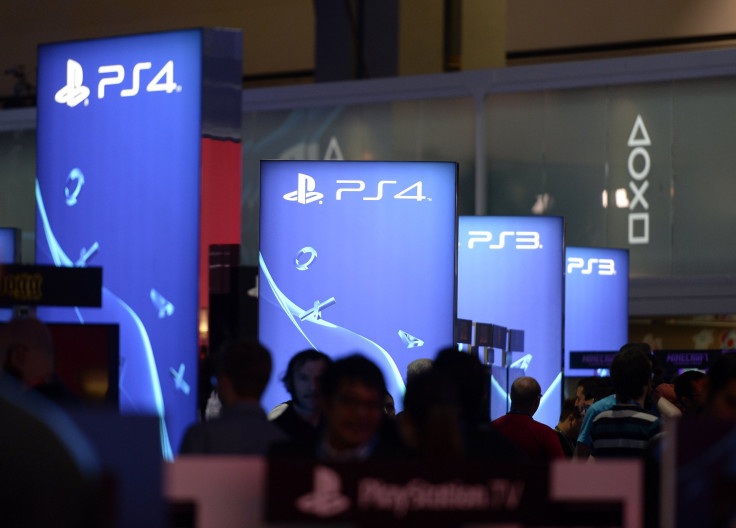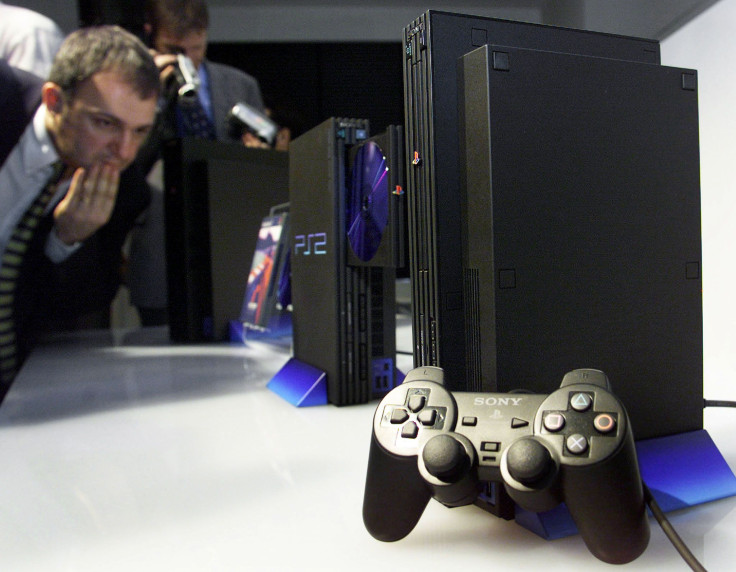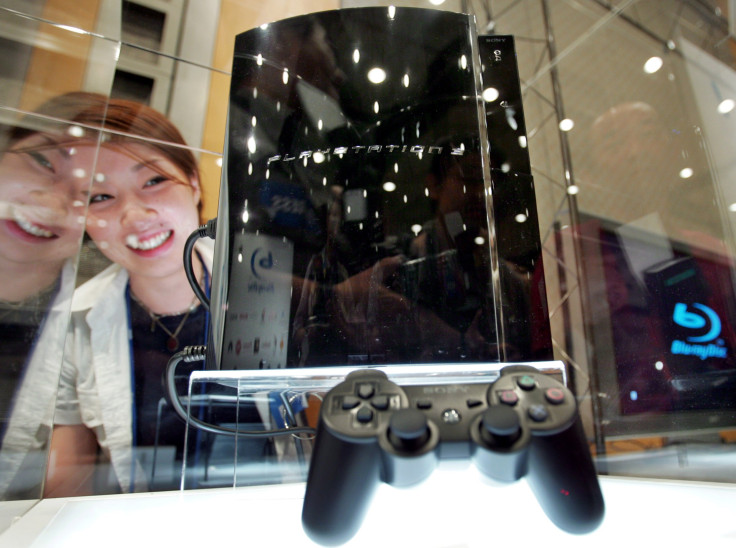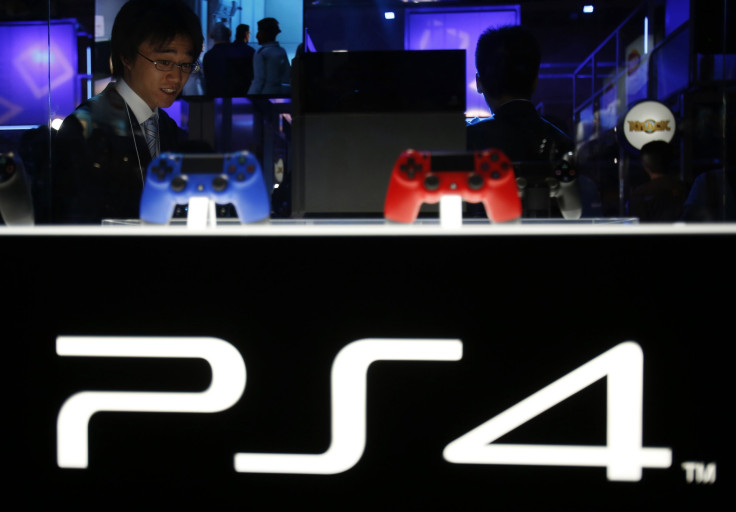PlayStation Turns 20: The Evolution From Nascent 3D Gaming Console To Entertainment Powerhouse

It has been 20 years since the release of the PlayStation in Japan on Dec. 3, 1994. In that time, the console has considerably evolved from a home gaming system with nascent 3D graphics to a mature online multiplayer gaming and entertainment platform.
From the PlayStation to the PlayStation 4, Sony has sold hundreds of millions of consoles to date, which includes the PS4’s 13.5 million units sold as of October. Here’s a look at the evolution of the PlayStation from its inception to its current version, the PS4.
PlayStation (1994)
The release of the PlayStation in 1994 set the stage for Sony’s console as a gaming mainstay. It was launched in Japan on Dec. 3, 1994, followed nine months later in Europe and North America, where it cost $299. Though it wasn’t the first console to market with 3D features, it was lauded by many for its graphics quality, including Bill Gates who famously said, “Our game designer likes the Sony Machine,” when asked about rival console, Sega Saturn.
The original controller featured a four-way digital pad as well as the PlayStation's iconic symbols: an X, O, triangle and square. But over the years it would later evolve to include analog sticks and eventually force feedback features in the DualShock controller. And game files were saved through the use of a removable memory card that stored 128KB of data. Online features didn’t exist for the console at the time, so multiplayer sessions only happened when friends or family happened to be around to play.
Though Sega and Sony were rivals at the time, former Sony Computer Entertainment designers credit the release of “Virtua Fighter” in 1993 for part of the console’s success, because it pushed them to rethink the hardware to center on 3D gaming and not the 2D gaming of previous consoles such as the Super Nintendo, according to Wired.
The PlayStation went on to sell more than 102 million consoles over its 10-year life span, according to Sony. A slim version of the console was introduced as the PSOne in 2000, but it was discontinued four years later.
PlayStation 2 (2000)

Nearly six years after Sony unveiled its first PlayStation, the Japanese company released the PlayStation 2 on March 4, 2000 in Japan and Oct. 26 in North America. The console which was positioned to compete with Sony’s Dreamcast, featured backward compatibility with older PlayStation games and support for DVD video playback in addition to improved graphics capabilities and processing powers.
The DVD playback featured proved valuable to Sony, as it expanded the PS2’s user base to the home theater market, one where standalone DVD players were still a luxury item for most consumers. Though the PS2 didn’t originally come with online features, Sony eventually released a network adapter in 2002, to add online play support for games such as “SOCOM: U.S. Navy SEALs.”
Though Sony was facing increased pressure on all sides from Sega Dreamcast, Microsoft Xbox and Nintendo GameCube, the PlayStation 2 went on to become the bestselling console of all time with more than 155 million units sold before its discontinuation on Dec. 28, 2012.
PlayStation 3 (2006)

With the technology cycle accelerating, Sony released the PlayStation 3 on Nov. 11, 2006. Following the precedent set by the PS2’s DVD support, the PS3 was launched with Blu-ray, an HD video disc format that eventually beat out HD-DVD, a competing standard. It was the first PlayStation console to include built-in storage space ranging from 20GB to 500 GB. And the PS3 featured the Cell processor, a custom chip designed by Sony, IBM and Toshiba.
Though the PS3 was designed as a gaming console, the original models were used for supercomputing purposes by various parties, including the U.S. military, according to ArsTechnica. Unlike previous models of the PlayStation, the PS3 came with a Sixaxis motion controller, which omitted force feedback features due to a legal battle over a patent infringement claim by Immersion Corp. Vibration was eventually reintroduced to the PS3 controller three years later with the DualShock 3 after Sony settled with Immersion.
Unlike the previous generation, the PlayStation 3 held the third-place position in sales with more than 82 million units. Microsoft’s Xbox 360 edged past the console with 24 million sales, while the Wii dominated with 101 million units sold as of 2014.
PlayStation 4 (2013)

The PlayStation 4, introduced in 2013 is the latest gaming console from Sony, featuring a faster processor and a number of social features. Moving away from the PS3’s cell, Sony went with an AMD processor on the PS4 to make game development easier, since it shares a similar architecture to traditional PCs.
Though it has a number of non-gaming capabilities such as streaming music and video, the PS4 was heavily marketed toward the gaming community with campaigns such as “#4theGamers” in Europe and “Greatness Awaits” in the U.S., whereas the Xbox One was first marketed as an entertainment center. It was a campaign that proved to be successful in its first year, where it largely outpaced Microsoft’s Xbox One, which was perceived by many developers as slower than the PS4.
Since the release of the PS4, Sony has sold 13.5 million units and the company has expanded the console’s role to include game streaming support as well as cable-free television in 2015 through PlayStation Vue.
In commemoration of the PlayStation’s 20-year anniversary, the company has released a limited run of 12,300 PlayStation 4 units, featuring the classic colors of the first PlayStation console.
© Copyright IBTimes 2024. All rights reserved.






















